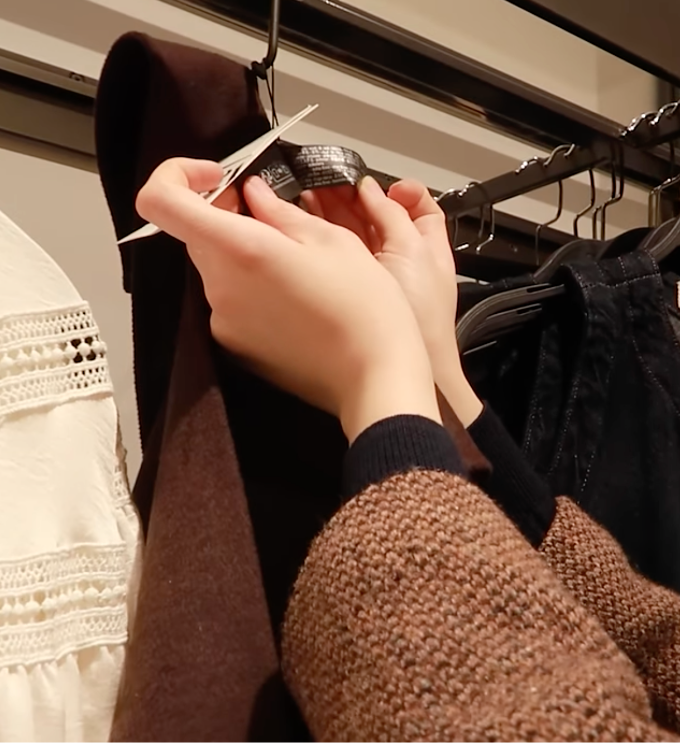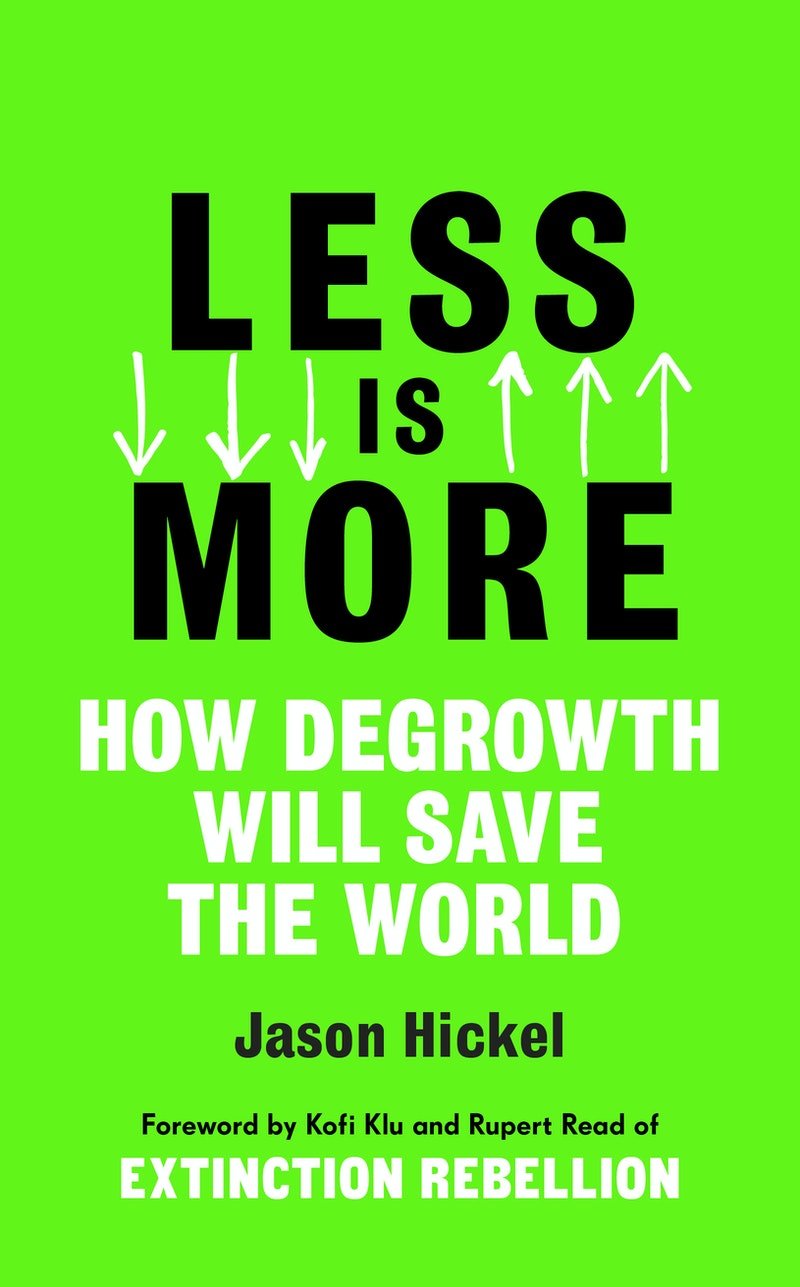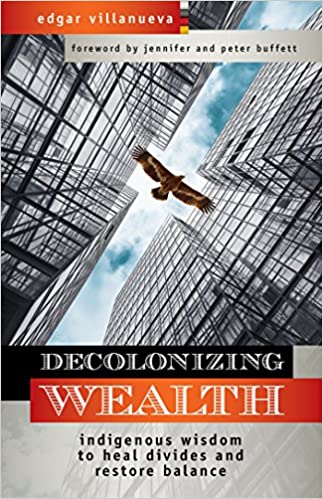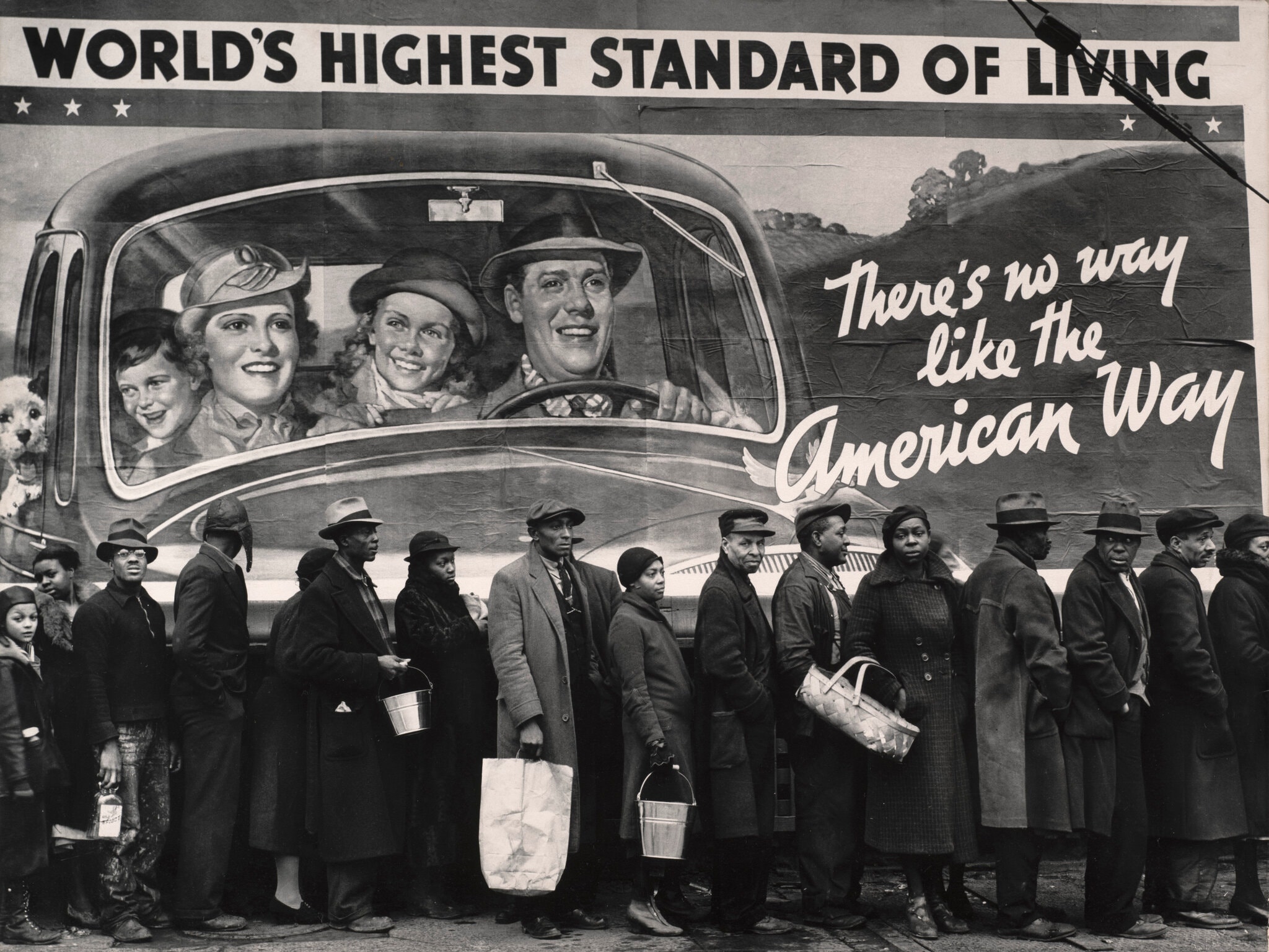August 15, 2025
Economics
How to assess the quality of clothing in an age of fast fashion and cost-cutting

Bernadette Banner cares about clothing. She is passionate about reconnecting with the intrinsic value that clothing once held—back when people owned only a few garments that lasted and were cared for lovingly. To her clothing historically had “an intrinsic value that we just don't have today,” and in her work she tries to rediscover that sense of worth.
Her YouTube channel is a passionate and detailed exploration and reconstruction of historical clothing. Her mission is to educate and inspire viewers about the craftsmanship, history, and sustainability of traditional garment-making techniques. Apparently other people care about clothing, too. She has almost 2M subscribers.
She calls this video a rant. In it she bemoans the fact that the quality of our clothes has been steadily declining "drastically before our eyes," especially over the last 10 years with the rise of ultra-fast fashion that is "practically made to be disposable."
"In 2021, UK households discarded an estimated 546,000 tons of unwanted clothing. Add to that an increasing population of people who were never taught how to sew or repair textiles, including a fifth of participants polled in a survey who said that if they so much as lost a button, they would rather buy a whole new garment and throw the old one away.
"With the ubiquity of low-quality materials and cost-cutting manufacturing flooding both the high street and the so-called "high-end market," how can we tell just by looking at a new find whether it'll be a wardrobe staple for the next 10-plus years or shedding buttons after the second wash?
To help us find some answers she takes us on "a little shopping trip." During a tour of retail shops she focuses on two primary categories when judging new clothes: construction—how they’re made—and content—the materials they’re made from.
Debbie is a dedicated thrift shopper, archivist, up-cycler, designer and rebuilder of clothing, so I've been exposed to a lot of this information before. Banner does a masterful job of summarizing and presenting it.
She concludes with another rant, this time about sustainability.
"Okay, tangent time: the second most sustainable option to being naked is not buying new clothes. Then maybe repurposing old clothes. Then maybe buying secondhand. Then maybe buying new clothes from small-scale makers. We’re already at step five and still nowhere near the high street.
"It is inherently unsustainable to produce items that will fall apart prematurely, especially when they’re sold to a consumer base without the repair skills or the awareness to prioritize longevity."
VIDEO: How to Identify Quality in Clothing (A Rant)
RELATED BOOK: Make, Sew and Mend: Traditional Techniques to Sustainably Maintain and Refashion Your Clothes.
RELATED ARTICLE: Meet the Woman Who Uses Fashion as a Tool to Study History




